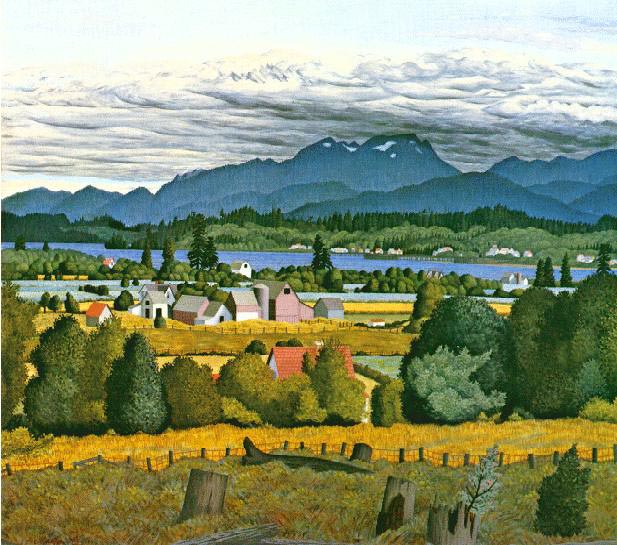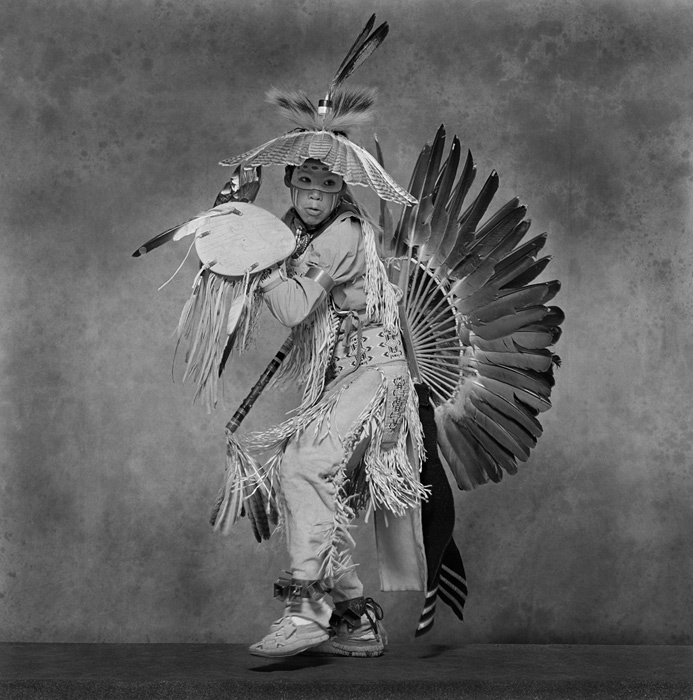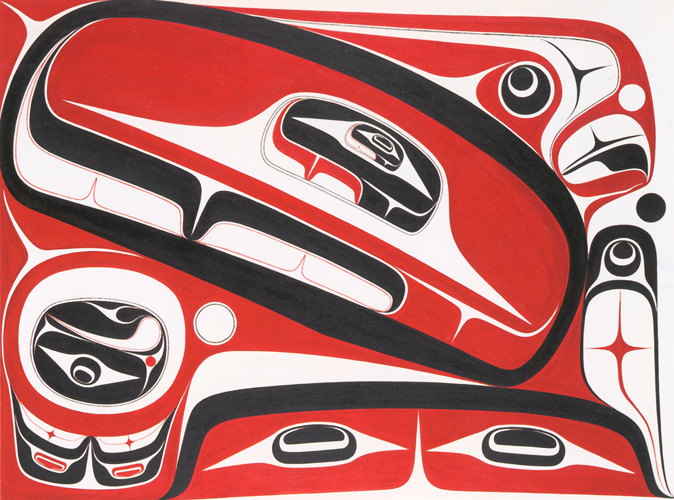Perspectives: Canadian Women Artists
An invitation to consider the McMichael Canadian Art Collection’s diverse and varied collection of works by Canadian women artists. The exhibition wove together social touch points, video, poetry and literary excerpts selected by contemporary poet and journalist Lynn Crosbie. The exhibition included works by Laura Muntz Lyall, Helen McNicoll, Anne Savage, Marcelle Ferron, Rita Letendre, Joyce Wieland, Mary Pratt, Daphne Odjig and Natalka Husar.


















